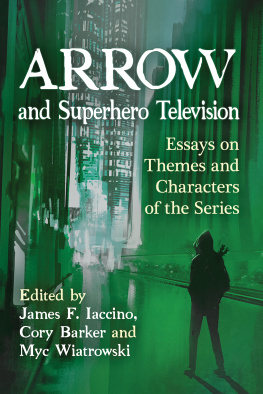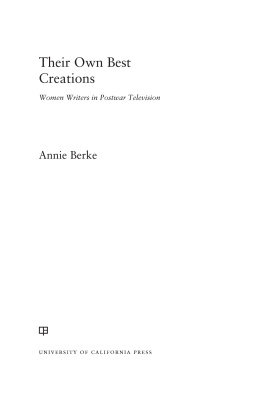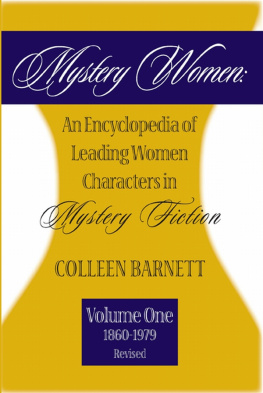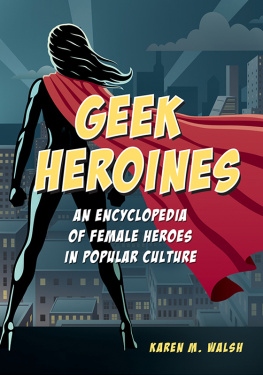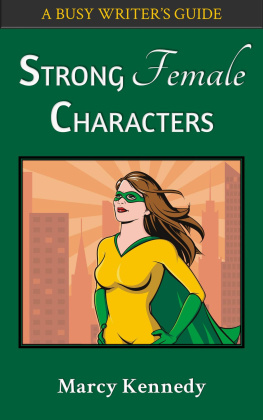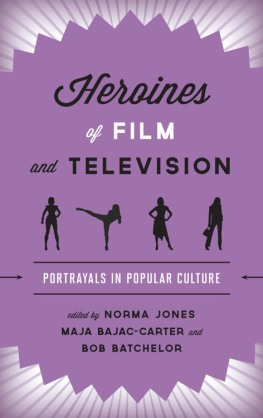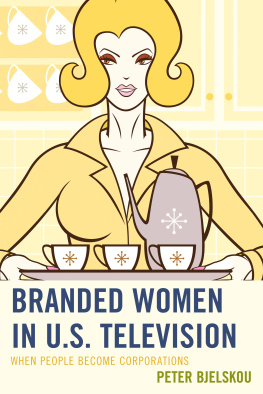

First published in the UK in 2017 by
Intellect, The Mill, Parnall Road, Fishponds, Bristol, BS16 3JG, UK
First published in the USA in 2017 by
Intellect, The University of Chicago Press, 1427 E. 60th Street,
Chicago, IL 60637, USA
Copyright 2017 Intellect Ltd
All rights reserved. No part of this publication may be reproduced, stored in a retrieval system, or transmitted, in any form or by any means, electronic, mechanical, photocopying, recording, or otherwise, without written permission.
A catalogue record for this book is available from the British Library.
Cover designer: Emily Dann
Copy-editor: MPS Technologies
Production manager: Tim Mitchell and Mareike Wehner
Typesetting: Contentra Technologies
ISBN: 978-1-78320-760-2
ePDF ISBN: 978-1-78320-761-9
ePUB ISBN: 978-1-78320-762-6
Printed and bound by CPI, UK
This is a peer-reviewed publication.
Although, as I say in the introduction, the idea of this book began to dwell in my mind in the early 2010s, the seeds of my interest in real and fictional characters of women behaving badly were planted many decades ago, during my childhood. A southern Italian on my mothers side, during infancy I used to spend summer holidays at my grandparents house in a coastal town of Calabria. The days were hot, and in the evening children were allowed to linger in the courtyard to enjoy the sea breeze, while listening to the stories steeped in local folklore that made up the narrative repertoire of my grandmother. Ghosts and fairytales were seldom narrated, as she had a special preference for stories about female brigands: those women who, challenging patriarchal gender norms, had embraced the outlaw life in the context of the historical phenomenon of the brigandage in nineteenth-century southern Italy. Some of them, who had achieved equality and even pre-eminence in bravery and leadership vis--vis their male companions, had made a name for themselves as intimidating, merciless, yet admirable and respected brigandesses. Folktales had built and disseminated the legend of those female icons of the brigantage, whose transgressive lives and murderous deeds my grandmother in adamant disregard of grandfathers disapproval over bloody stories, unsuitable for children was fond of narrating. I owe her the first seminal encounter with the character of the antiheroine.
It may sound clichd to say that a book is always a collective endeavor, but it is the pure truth when the book is a collection. Im grateful to all the wonderful contributors for their generosity in joining the project to claim attention to television antiheroines, at a time in which television antiheroes seemed to monopolize consideration and appreciation. I would also like to thank Tim Mitchell and Mareike Wehner for providing excellent editorial assistance along all the steps of the publishing process.
Finally, my life partner Giovanni has been unconditionally supportive of my work, no matter how much time this stole away from more shareable activities and conversations. My interest may well be captivated by fictional antiheroines: He remains my real life all-time hero.
Diane Negra and Jorie Lagerwey
As this book goes to print, it is clear that the subject of womens relation to the television medium is having a bit of a moment. In 2015 and 2016, the gender pay gap in Hollywood filmmaking had come under intense criticism from white celebrity feminists like actresses Jennifer Lawrence, who wrote about being paid less than her male co-stars, and Patricia Arquette, who used her Oscar acceptance speech in 2015 to call out gender-biased unequal pay (Lawrence, n.d., Arquette 2015). Recent years have also seen the film industry harshly criticized for a lack of roles for people of colour in front of and behind the camera. The #OscarsSoWhite protest hashtag, African American actress Jada Pinkett-Smiths (unsuccessful) boycott of the 2016 Oscars and black female producer Effie Browns on-screen conflict with Matt Damon in the HBO documentary series Project Greenlight (20012005, 2015) are just a few prominent examples of the incidents through which the controversy has coalesced (Do You Want to Direct This Movie? 2006).
In the face of an apparently hostile film industry, television is increasingly held up as a welcoming sanctuary for women and not just the dominant norm of young, white, straight and beautiful women, but also for actresses, writers and producers of colour, older women, lesbian and trans women in front of and behind the camera. Numerous articles in print and digital form, blog posts and various other modes of commentary attest to a dramatic discursive shift that might be roughly plotted as moving from consternation to celebration in regard to womens television roles (e.g. Lyons 2013; Stewart 2015). Seeking to track the changing representational politics of femininity in contemporary international television, this volume is part of the environment of acclaim for TVs women, collecting critical analyses of these notably complex, diverse women from around the globe as they appear in the medium across Europe, Latin America, Australia and the United States.
This current celebration of multifaceted women making and performing television was far from inevitable, though. Historically, the medium was understood by marketers and theorists alike as a feminized, domestic one (Spigel 1992). The patterns of womens unpaid household work were embedded in the very structures of prominent genres like soap operas (Modleski 1982). Similarly, women solely as mothers, caretakers and voices of reason were encoded in the blueprints for traditional family sitcoms (Butsch 2005). Indeed even outside those limited roles in certain traditional genres, and despite an enormous increase in recent decades in programming targeted at female viewers (see for example Lotz 2006), contemporary TV women were still all too often understood as wives, mothers, assistants, crime victims, sexual objects or plot devices rather than fully developed characters. (Even celebrated millennial era series such as Sex and the City (HBO 19982004) and Gilmore Girls (WB, CW 20002007; Netflix 2016) that seemed to devise ways to push past such limited typologies preserved, for some viewers, an unhelpful emphasis on quirky femininity and aspirational and luxury lifestyling.) Thus, until quite recently, media coverage of the restricted number and nature of female roles on television predominated popular discourse. Typical in this regard is the opening of a 2012 Huffington Post piece entitled Women in the media: Female TV and film characters still sidelined and sexualized, study finds: For every Carrie Mathison, the brilliant, complicated spy played by Claire Danes on Homeland, there are six Real Housewives in other words, the way women are represented on television and in film is pretty dismal. But lately, heightened attention to the under-representation of women in media has been succeeded by favourable notice of an emergent cluster of female showrunners, writers, producers and performers like Shonda Rhimes, Jenji Kohan, Mindy Kaling, Michelle King and Lena Dunham behind the camera, and all of the women discussed in this book in front of the camera.
As the sheer number of complex, narratively central female characters on television has increased, there would seem to be an accompanying emerging cultural consensus that female-centred television is achieving an exceptional verisimilitude. The February 2016 issue of Elle
Next page


